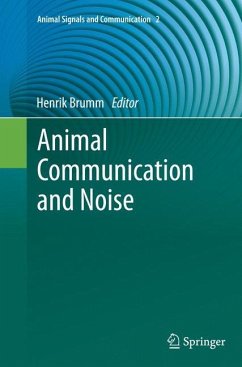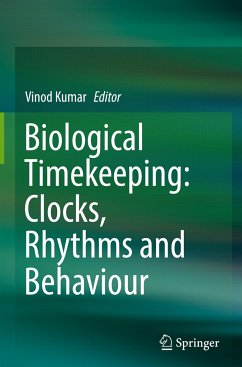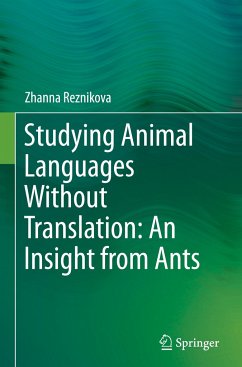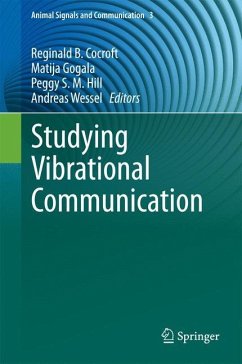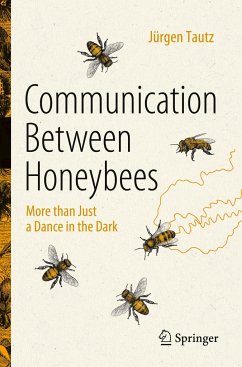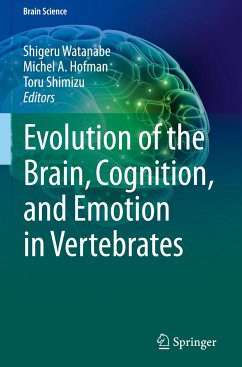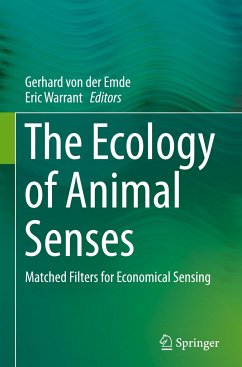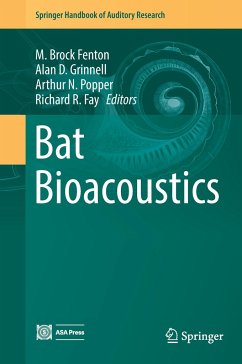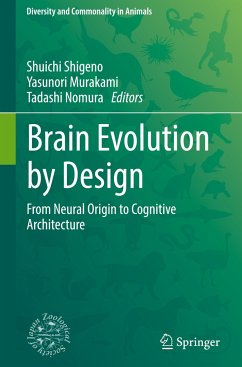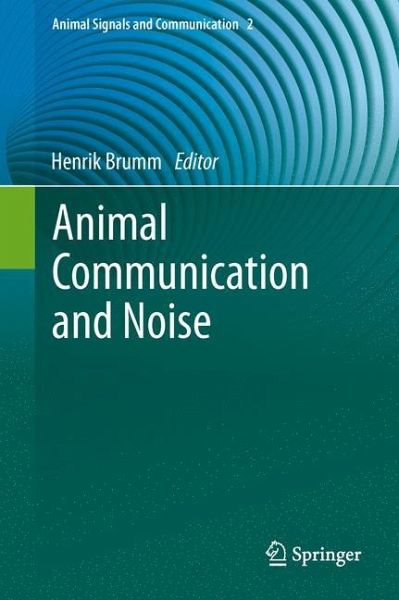
Animal Communication and Noise

PAYBACK Punkte
76 °P sammeln!
The study of animal communication has led to significant progress in our general understanding of motor and sensory systems, evolution, and speciation. However, one often neglected aspect is that signal exchange in every modality is constrained by noise, be it in the transmission channel or in the nervous system. This book analyses whether and how animals can cope with such constraints, and explores the implications that noise has for our understanding of animal communication. It is written by leading biologists working on different taxa including insects, fish, amphibians, lizards, birds, and...
The study of animal communication has led to significant progress in our general understanding of motor and sensory systems, evolution, and speciation. However, one often neglected aspect is that signal exchange in every modality is constrained by noise, be it in the transmission channel or in the nervous system. This book analyses whether and how animals can cope with such constraints, and explores the implications that noise has for our understanding of animal communication. It is written by leading biologists working on different taxa including insects, fish, amphibians, lizards, birds, and mammals. In addition to this broad taxonomic approach, the chapters also cover a wide array of research disciplines: from the mechanisms of signal production and perception, to the behavioural ecology of signalling, the evolution of animal communication, and conservation issues. This volume promotes the integration of the knowledge gained by the diverse approaches to the study of animalcommunication and, at the same time, highlights particularly interesting fields of current and future research.





